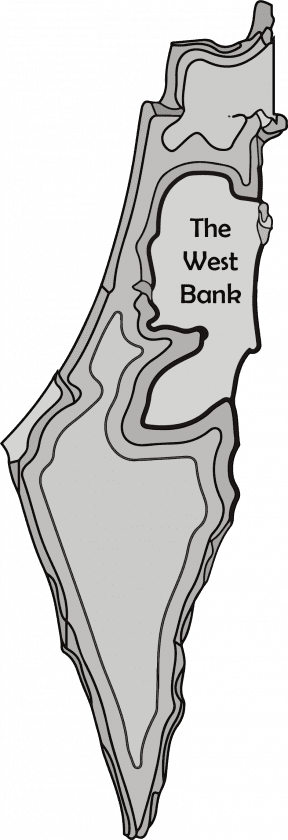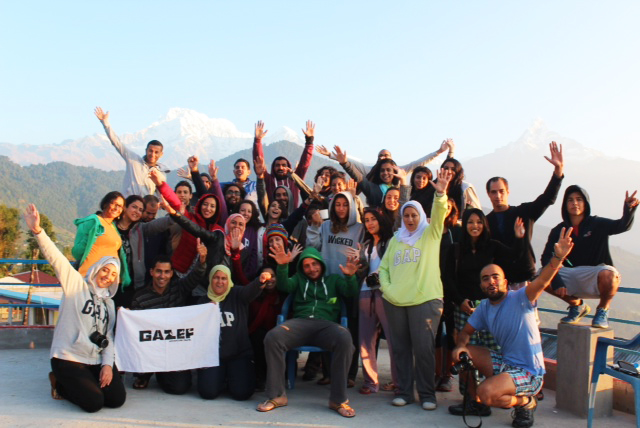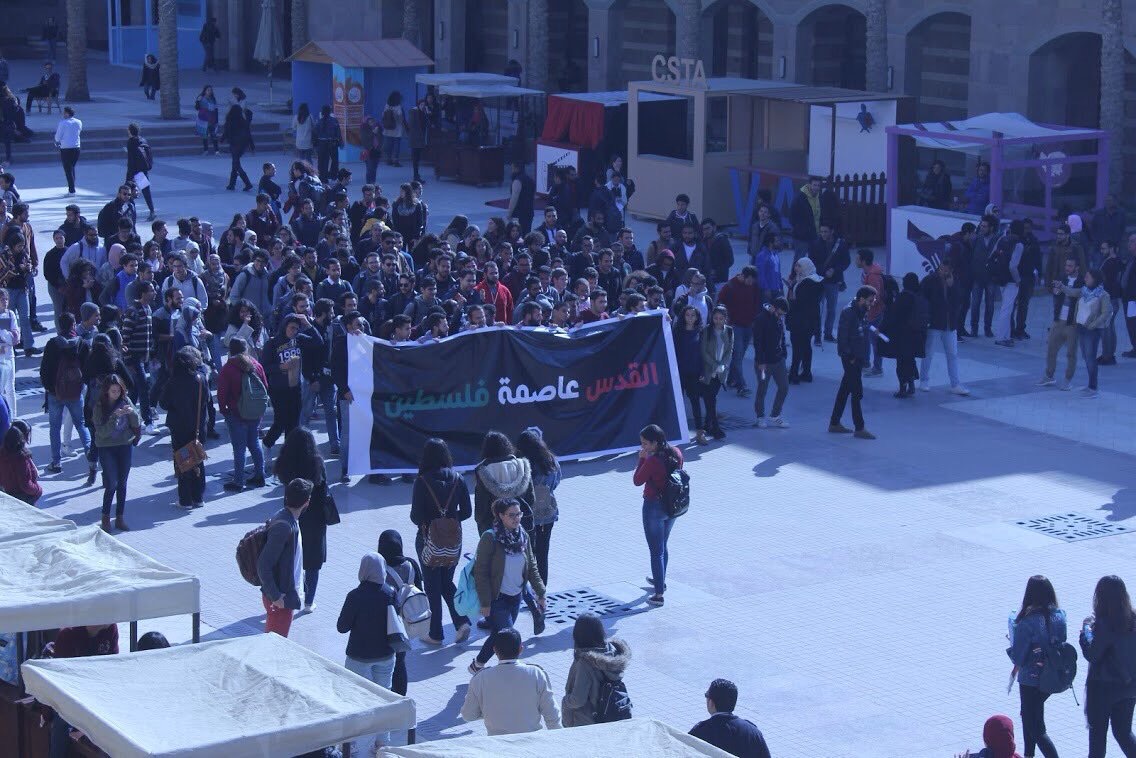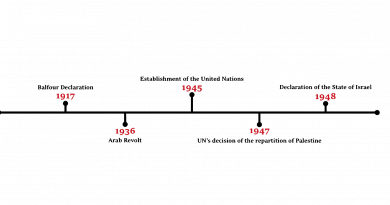The West Bank suffering in silence
As the world’s eyes remain fixated on Gaza, for good reason, the neighboring West Bank suffocates with violence, arrests, and travel restrictions.
Edited By: Karim Hassan
Photo Taken By: Farida Yassin

Since October 7, Gaza has been at the forefront of local, regional, and international media coverage. The neighboring West Bank, however, has been largely hidden in the shadows, despite various reports of Palestinians suffering under occupation.
Since the attack of October 7, Israeli forces have imposed severe movement restrictions in the West Bank, and 203 Palestinians were killed, including 52 children, and counting. More than 2,000 Palestinians are now in administrative detention, almost double the number they were in October, and at least 1,000 Palestinians have been displaced.
There are around 500,000 Jewish settlers living in the West Bank, which is divided into three areas; one of which, representing 60% of the total area, is completely controlled by Israel and heavily guarded. The area under Palestinian control makes up about 20% of the West Bank, and the third area is under joint control.
Although Israel had agreed to transfer control of the West Bank to the Palestinian Authority under the Oslo Accords, this has never happened and more Israeli settlements were built. Since October 7, Palestinians’ movements within the West Bank have been limited to mostly that 20%.
Munia Dweik, Palestine office manager at Roya TV, explains that while the peak of the violence is in Gaza, there is still violence and strict restrictions in the West Bank.
“It’s extremely hard in the West Bank due to the regular arrests and assaults. People in the West Bank can’t go for solidarity walks because they [the Palestinian government] were stopping them,” Dewik explains.
She explains that the restrictions make Palestinians move in small areas, with access between areas often banned. “We go through [Israeli] checkpoints daily, […] What is happening in the West Bank is very hard on people, and it affects them physically, psychologically, and mentally. It also affects their work, career, and future,” Dweik explains.
But while the world’s eyes and lenses are focused on Gaza, Palestinians in the West Bank seem to be suffering in silence.
Khaled Ezzelarab, associate professor of practice in the Journalism and Mass Communication department explains that the media’s focus on Gaza is normal.
“The West Bank is not getting as much attention from the media as Gaza because of the obvious reasons that what is happening in Gaza is much more newsworthy than what’s happening in the West Bank in terms of the number of casualties and the pictures that are coming from there,” he says.
But as the death toll surpasses 14,500 Palestinians in Gaza, people of the West Bank seem to have despaired in the world paying attention when the death number there pales in comparison.
“I think that people dying in Palestine started to be normalized to the media, and the media is not covering unless something extraordinary and horrifying happens, like getting hit by a bomb,” says a Palestinian student at AUC, Abdallah Saba.



